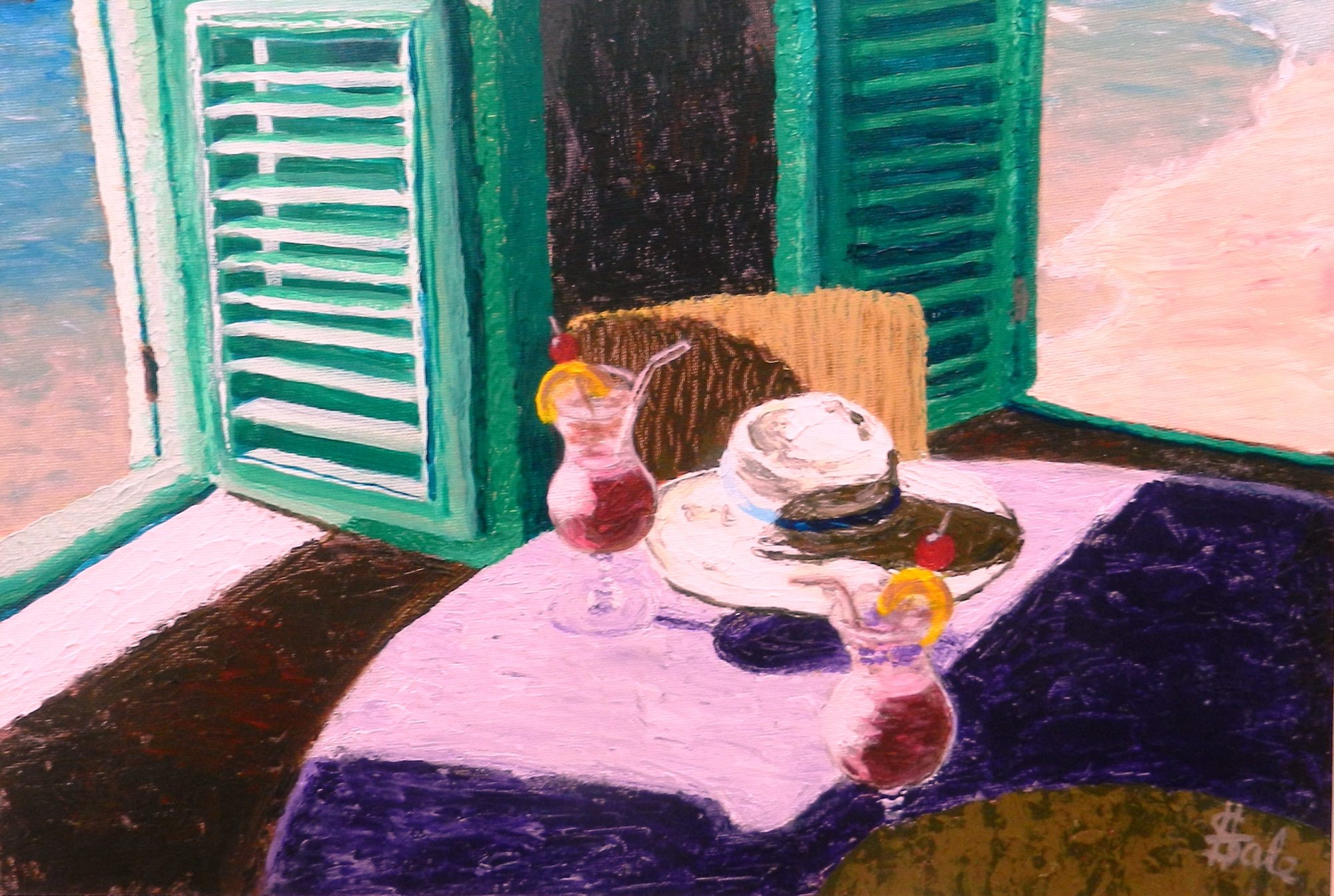I wrote this article in the manner of a travelogue a few years ago when I toyed with the idea of being a travel writer. I thought I would share it with you now that the Prime Minister has permitted Caroni Swamp tours to restart as part of a slight ease up on our Coronavirus restrictions. This tour is one of my favourite things to do in Trinidad.

Let me take you with me on one of the many unforgettable nature experiences in the twin islands of Trinidad and Tobago. This is a visit to the Caroni Swamp and Bird Sanctuary, the second largest mangrove wetland in this tropical country which is located at the bottom of the eastern chain of Caribbean islands and just off the coast of Venezuela. The highlight of the tour is the witnessing of thousands of Scarlet Ibises, the national bird of Trinidad & Tobago, in their natural habitat.

It’s late afternoon, the sun is mellowing and a gentle breeze is cooling our foreheads while we coast down a river channel. We are surrounded by white and black mangroves with long roots extending from their upper foliage like gnarled, creepy fingers into the brackish water stained brown by leaves and plant debris. Overhead, colourful birds are darting and the occasional snake is curled asleep on a mangrove branch. The boatman/guide points out a barely discernible caiman immobile on the high ground as we drift past in our open boat. We stop to observe clusters of mussels clinging to stringy roots.


The engine restarts and suddenly through the tangle of mangroves we see a flash of red. “Look a Scarlet Ibis!” Our guide points and the boat tips slightly as everyone aims their attention and cameras at the star of this show. A small cluster of these beautiful long-legged birds are foraging for red shrimp before heading for their nesting site for the night. We continue and pass a small boat with three fishermen patiently waiting for their catch of the day. A British Airways plane rumbles low overhead descending towards the nearby airport.

Suddenly, we are in open water. The river has expanded into a series of small lakes dotted with green islands like round loaves protruding from the calm water. The water is so shallow in parts that large birds can be seen apparently walking on water as they fish for dinner.

If you’re lucky you might see flocks of graceful pink flamingos that have recently started arriving in the swamp. They feed on the same shrimp and crabs as the scarlet ibises, but don’t display the bright red colour in their feathers.

We glide up to one of these islands and our guide ties the boat to a mangrove branch. We wait, absorbing the serenity of the experience, the lack of sound other than the distant squawk of approaching birds, the brilliant ball of sun dipping in the west, and the slight musty scent of the swamp. We begin to observe flocks of white egrets flapping towards the island directly opposite our boat. Some settle in the water at the base of the island and others select their spot on a mangrove branch. Minutes later, the scarlet ibises approach in long, graceful, undulating lines of startling red. They also settle on the island, filling the air with their noisy conversation. More and more birds keep coming until the island is almost covered in red and white polka dots.

The sky is darkening but none of us want to leave this awesome display. However, night falls quickly in the tropics. So our guide unhitches the boat and we reluctantly begin to motor back to base. We continue to glimpse late trails of red birds soaring overhead and take advantage of last photo opportunities. The raucous night sounds of frogs and insects serenade our short ride and soon we are offloading at the jetty. Everyone is feeling relaxed and charmed by this extraordinary connection with nature.
Want to indulge in this Caroni Swamp life experience? Find out more at Nanan Bird Sanctuary Tours.

